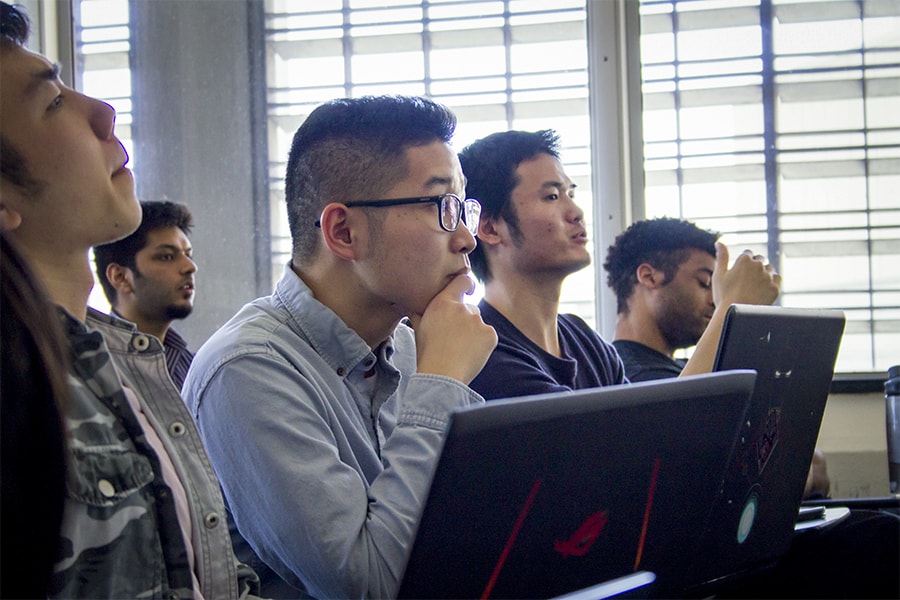
Using AI To Solve Real-world Problems
In his new project-based graduate level course, Carnegie Mellon University Professor Levent Burak Kara has students solving real-world problems using artificial intelligence and machine learning techniques.
Kara, a professor in the Department of Mechanical Engineering, said he has seen the number of students in his graduate-level artificial intelligence and machine learning course grow steadily. In this course, Artificial Intelligence and Machine Learning for Engineering Design, graduate students are learning fundamental techniques such as probabilistic learning, pattern recognition, neural networks, clustering, regression and search to develop skills to solve engineering tasks.
Kara's new course, 24-788 Artificial Intelligence and Machine Learning — Project, which launched this spring, builds on those principles. Students took the techniques and applied them to real-world engineering problems.
"They're tackling interesting problems, which I won't even be able to solve, because it's within their own research field," Kara said.
Kara said IT companies realize the broad applications of machine learning. "You can take the foundation, your basic skills, and then apply to a different application with very little overhead," Kara said.
The student projects covered a wide range of topics from predicting pollutant concentrations to adjusting and composing photographs or mixing music.
Mechanical engineering Ph.D. student Rebecca Tanzer and her group designed their project to predict pollutant concentration at locations without monitors. The group set up a network of 50 sensors dispersed throughout Pittsburgh to measure particles, specifically of PM 2.5, an air pollutant that is a health concern at high concentration levels. The group gathered a large dataset with data collected from the sensors, land use data, and meteorological data and fed it into a random forest model and neural network, two techniques they learned in Kara's prerequisite course. The algorithms then had outputs of predicted concentrations in a given area.
"You want to be able to know what concentration you're being exposed to in any given spot in Pittsburgh," Tanzer said. "If you have a map that could be on a website or an app or something, that could tell you how high the pollutant concentration is for where you are, that might impact your decisions about where you go to a park that has higher concentration or lower concentration."
Tanzer and Ojas Joshi, another student in the class, said they appreciated the freedom to work on a project they were interested in while having Kara's supervision to guide them through their teams' independent research. Both hope to continue working on their respective projects, now that the course is finished.
"It was good to learn more about machine learning while applying it to a real problem," Tanzer said. "It's not just learning for the sake of learning."